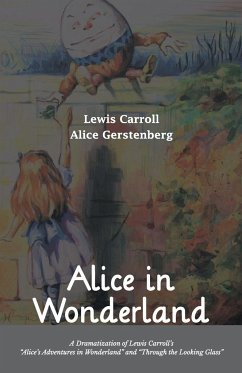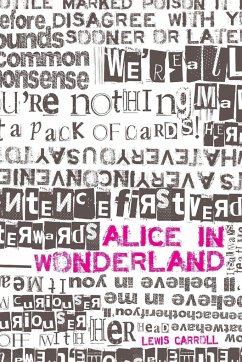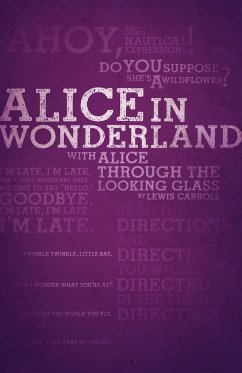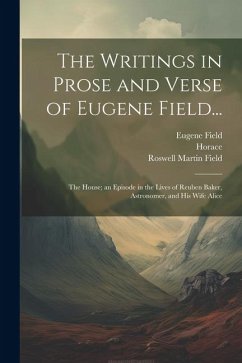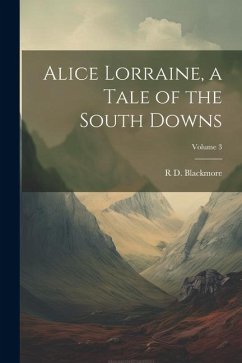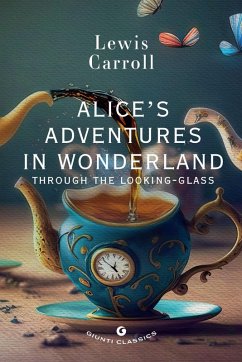
Through the Looking-Glass and What Alice Found There
An edition printed in Dyslexic-Friendly Fonts
Versandkostenfrei!
Versandfertig in 1-2 Wochen
17,99 €
inkl. MwSt.

PAYBACK Punkte
9 °P sammeln!
"Alice's Adventures in Wonderland" is a summer tale published by Lewis Carroll (Charles Lutwidge Dodgson) for the first time in July 1865. Many of the characters and adventures in that book have to with a pack of cards. "Through the Looking-Glass and What Alice Found There" is a winter tale, which Carroll first published in December 1871. In this second tale, the characters and adventures are based on the game of chess. This book contains the famous illustrations of Sir John Tenniel, which first appeared in the original English edition. The fonts used in this edition have been designed with th...
"Alice's Adventures in Wonderland" is a summer tale published by Lewis Carroll (Charles Lutwidge Dodgson) for the first time in July 1865. Many of the characters and adventures in that book have to with a pack of cards. "Through the Looking-Glass and What Alice Found There" is a winter tale, which Carroll first published in December 1871. In this second tale, the characters and adventures are based on the game of chess. This book contains the famous illustrations of Sir John Tenniel, which first appeared in the original English edition. The fonts used in this edition have been designed with the intention of making reading easier for people with dyslexia. OpenDyslexic3 (used for the body text) and OpenDyslexic (used for its italics) were designed by Abelardo Gonzalez and Lexia Readable (used for the chapter titles drop-caps, and headers) was designed by Keith Bates. Research suggests that dyslexic-friendly fonts are not always effective for all readers; it hoped nevertheless that this edition may help at least some readers to enjoy Alice's adventures.







